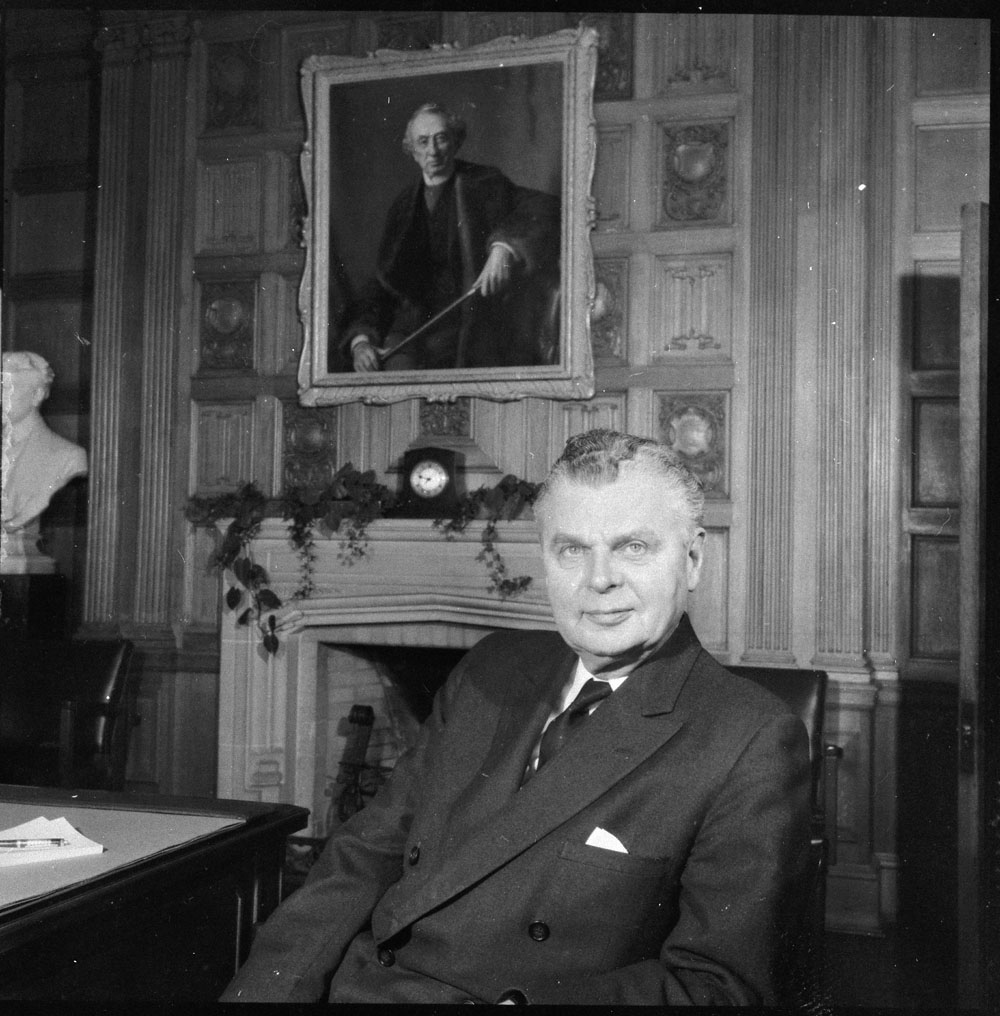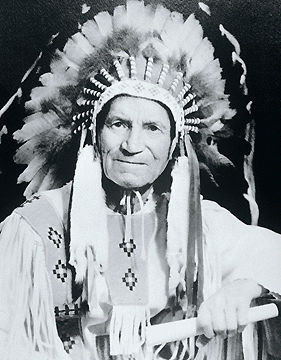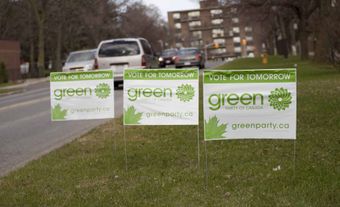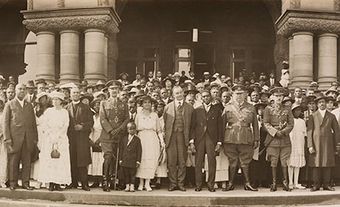
Imagine that your family has lived on the same land for generations. Over time, others arrive, take residence and establish a government whose rules now apply to you. But they do not include you in consultations — in fact, they specifically exclude you.
This was the situation facing Indigenous peoples in Canada for much of the period following Confederation in 1867. Although many First Nations people had the right to vote, it required renouncing their Aboriginal status under a process known as enfranchisement. In 1885, under legislation brought forward by Prime Minister Sir John A. Macdonald, “ Status Indians” — as they were known — who met existing requirements were given the right to vote. Yet Macdonald’s intent to extend the vote to all Indigenous peoples met with strong opposition. One result was that Indigenous peoples in areas involved in a recent Métis–First Nations resistance were specifically excluded (see North-West Resistance). In any event, that legislation did not last long: in 1898, seven years after Macdonald’s death in office, it was repealed.
Why the reluctance to give Indigenous peoples the vote? Outright prejudice coupled with misguided, often paternalistic logic. The language used in the debate over the 1885 legislation was blunt and insulting — First Nations people were described as “low,” “filthy,” “barbarians” and “ignorant.”
Ultimately, it took participation in the First World War to give some Status Indians the vote, although it took until 1924 to fully enfranchise those veterans. In 1934, the Dominion Franchise Act explicitly disqualified First Nations people living on reserves as well as Inuit from voting, with the exception of war veterans.
In 1950, Inuit were given the right to vote; although many lived so far from voting stations that the change had little practical application. In 1958, Prime Minister John Diefenbaker, an advocate of Indigenous peoples’ right to vote, appointed the first First Nations member of the Senate, James Gladstone, or Akay-na-muka. In 1960, Diefenbaker’s government extended the vote unconditionally to Indigenous peoples; and eight years later, Leonard Marchand of British Columbia became the first "Status Indian" elected as a Member of Parliament (MP). Still, because of disputes over the classification of women based on whether they married a "Status Indian" or Non-Status male, it was not until 1985 that the act was amended to remove prolonged elements of discrimination against First Nations women (see also Indigenous Women's Issues in Canada).
Today, while many challenges remain, new occasions exist for Indigenous peoples in Canada to reflect on their past, including frustrations and achievements. Such occasions include the month of June — declared National Indigenous History Month in 2009 — and 21 June declared National Indigenous Peoples day in 1996. In recent years, there is progress to celebrate: in the 2015 federal election, a record 10 Indigenous MPs were elected to the same House of Commons that once spurned their people. Two Indigenous ministers were sworn into Prime Minister Justin Trudeau's Cabinet in 2015: Kwakwaka'wakw former Crown prosecutor and regional chief of the BC Assembly of First Nations Jody Wilson-Raybould, as minister of Justice and attorney general; and Nunavut Legislative Assembly member (1999–2013) Hunter Tootoo, as minister of Fisheries, Oceans and the Canadian Coast Guard.

 Share on Facebook
Share on Facebook Share on X
Share on X Share by Email
Share by Email Share on Google Classroom
Share on Google Classroom





